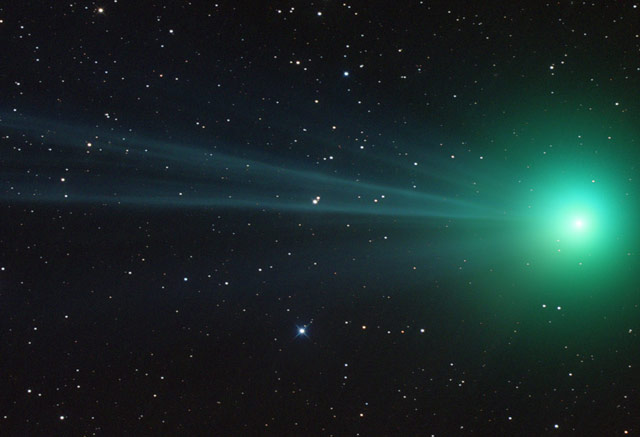Hi everybody
Here's the latest article from the Astronomy site at BellaOnline.com.
Astronomy Photographer of the Year 2015
Astronomy Photographer of the Year 2015. The judges' job: from over 2700 entries, get a shortlist of 138, choose 32 winners in 11 categories, and finally, an overall winner. Surprise! All the judges agreed wholeheartedly on the overall winner, and when you see it, I think you'll see why.
http://www.bellaonline.com/articles/art301851.asp
One of the finalists took a picture of NGC 253, known as the Sculptor Galaxy or Silver Coin Galaxy. It was discovered on September 23, 1783 by Caroline Herschel.
And speaking of photographs, the first picture of the Orion Nebula was taken on September 30, 1880. Henry Draper was the photographer. You can read more about him in “Photography and the Birth of Astrophysics”: http://www.bellaonline.com/articles/art19545.asp If you see HD prefixes, they refer to the Henry Draper Catalog which Harvard College Observatory compiled. Here is the image: https://upload.wikimedia.org/wikipedia/en/f/fe/Henry_Drape_Orion_nebula_1880_inverted.jpg The large stars, being much brighter than the nebula, are greatly overexposed. It's also inverted, though to my eyes it doesn't make much difference.
*Enceladus has a subsurface ocean – it's official*
It's been suspected for some while that Saturn's moon does have a subsurface ocean. But NASA has now confirmed it based on an analysis of Cassini measurements of its wobble as it orbits Saturn. A close flyby of Enceladus is planned Oct. 28, in which Cassini will pass around 50 km (30 mi) above the surface, taking it on a deep dive through the moon’s active plume of icy material.
*Bahamas from Space*
What is this unusual-looking bit of contemporary art? http://www.nasa.gov/sites/default/files/styles/full_width_feature/public/thumbnails/image/iss044e018893_lrg.jpg?itok=avwmQieG It's actually a photo taken of the Bahamas by an astronaut on the ISS. You can see the tidal channels cutting between small island cays – this image covers 14.24 km (8.9 mi) westward from Great Exuma Island (not pictured). The deepest parts of the channels are the darkest blue.
The caption says, “Thanks to the astronaut’s steady hands in controlling a long lens in weightlessness, this photograph is detailed enough to show a single aircraft and its twin condensation trails.” We've been having some fun with this, because I couldn't see it, so lots of people were trying to help out. It's in the upper right, crossing the topmost large channels. Get a higher resolution of the picture to check out you guess.
Please visit http://astronomy.bellaonline.com/Site.asp for even more great content about Astronomy.
I hope to hear from you sometime soon, either in the forum http://forums.bellaonline.com/ubbthreads.php/forums/323/1/Astronomy or in response to this email message. I welcome your feedback!
Do pass this message along to family and friends who might also be interested. Remember it's free and without obligation.
I wish you clear skies.
Mona Evans, Astronomy Editor
One of hundreds of sites on BellaOnline
.
astronomy Newsletter








